How We Got Here:
• The exhibition, which aims to tell the story of the playa’s limitless creativity, is a close collaboration between Burning Man Project and the Renwick Gallery that started in 2016.
• Large and small-scale Burning Man pieces will be spread throughout the gallery floors and the surrounding Washington D.C. neighborhood.
• “No Spectators” will feature installation art, jewelry, costumes, and photography, some of which were drawn from a call out to the Burning Man community by the Civic Arts department with the help of volunteer Affinity Mingle.
• The exhibition will be on display from March 30, 2018 – January 21, 2019.
This is the ninth post in a series about “No Spectators: The Art of Burning Man,” the upcoming exhibition at the Renwick Gallery of the Smithsonian American Art Museum.
* * *
When Burning Man co-founder Harley K. Dubois was recently asked about the intentions of Burning Man, her answer was immediate: “To change the world.”
On September 14, Harley joined four Burning Man co-founders, Burning Man leaders, artists and volunteers at the Smithsonian American Art Museum in Washington, D.C. as they treated audience members to a day of storytelling and fielded questions.
The event, Tales from the Playa: The Art & History of Burning Man, was part of the Renwick Gallery’s “No Spectators: The Art of Burning Man” exhibit.
Throughout the day we heard personal stories of change that echoed Harley’s answer, and while the stories were all very different — everyone’s Burning Man experience is unique — each story emphasized the deep sense of connection and belonging, as well as the permission to live life to your choosing.

If you’ve ever had the chance to meet DaveX, Burning Man’s Fire Arts Safety Team (FAST) Manager, you’ll understand why his talk was one of my favorites. DaveX has a special way of injecting humor into his stories in a way that makes you laugh, and then afterwards you realize how brilliant he is.
DaveX talked about the opportunities at Burning Man that had changed the course of his life. He started his Burning Man journey as a 20-something-year old in 1992, creating the first flamethrower in 1996 and then later setting fire to the ICP, an art piece he called “a giant super soaker of fire”.

Through years of volunteering, he built relationships with fire experts and government agencies, became licensed in fuel containment, pyrotechnics and incident command systems, and went on to start FAST.
Today, he is a pyrotechnics master who has mentored hundreds of volunteers and has overseen thousands of art burns at the event. He also works on large fireworks displays for organizations such as the Oakland A’s and San Francisco Giants.
But the real story is one of the golden nuggets of Burning Man: it doesn’t matter who you are or what you know, you can try anything. It’s a permission engine, a place to come and learn and attempt the impossible.
Paradigm Shifts

Author and journalist Neil Shister admitted he had been the least likely person to ever come to Burning Man, but in 2013 he happened upon it and immediately fell in love with the social constructs he saw around him.
He spoke about how the experiences at Burning Man are provoking a paradigm shift in people’s lives.
“Burning Man in Black Rock City provides a context where people can experience un-reality in a way that develops new self-identities, a new sense of capabilities, and a heightened appreciation of what can be accomplished collectively,” Neil said.
He also talked about a new paradigm of art and place, where cities facilitate serendipitous interactions and stimulate community, and art has a distinct function.
“Art functions as a magnet — it’s meant to draw people to it. In its scale and interactive aspect, its intention is to bring people together for an interaction that may or may not, but hopefully will, lead to community,” Neil said.
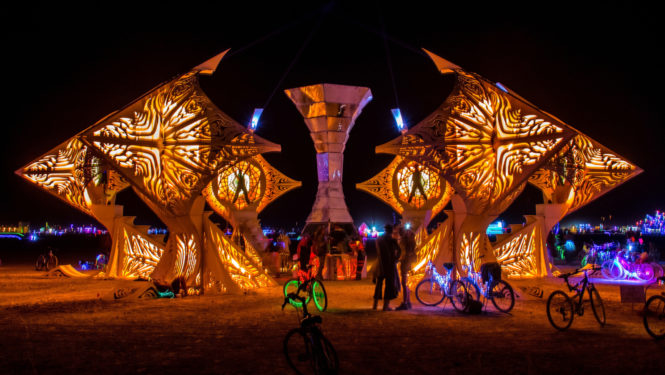
According to Burning Man artist Kate Raudenbush, art provides a platform for self-discovery and greater questioning of the world around us.
“Art is a conduit in which our humanity understands itself,” she said during one of the panels. “I create with the belief that conscious creativity has a connective awakening force, sharing the conviction that throughout our human history, artistic expression and invention is an indicator of an evolved society.”
Crews and Community
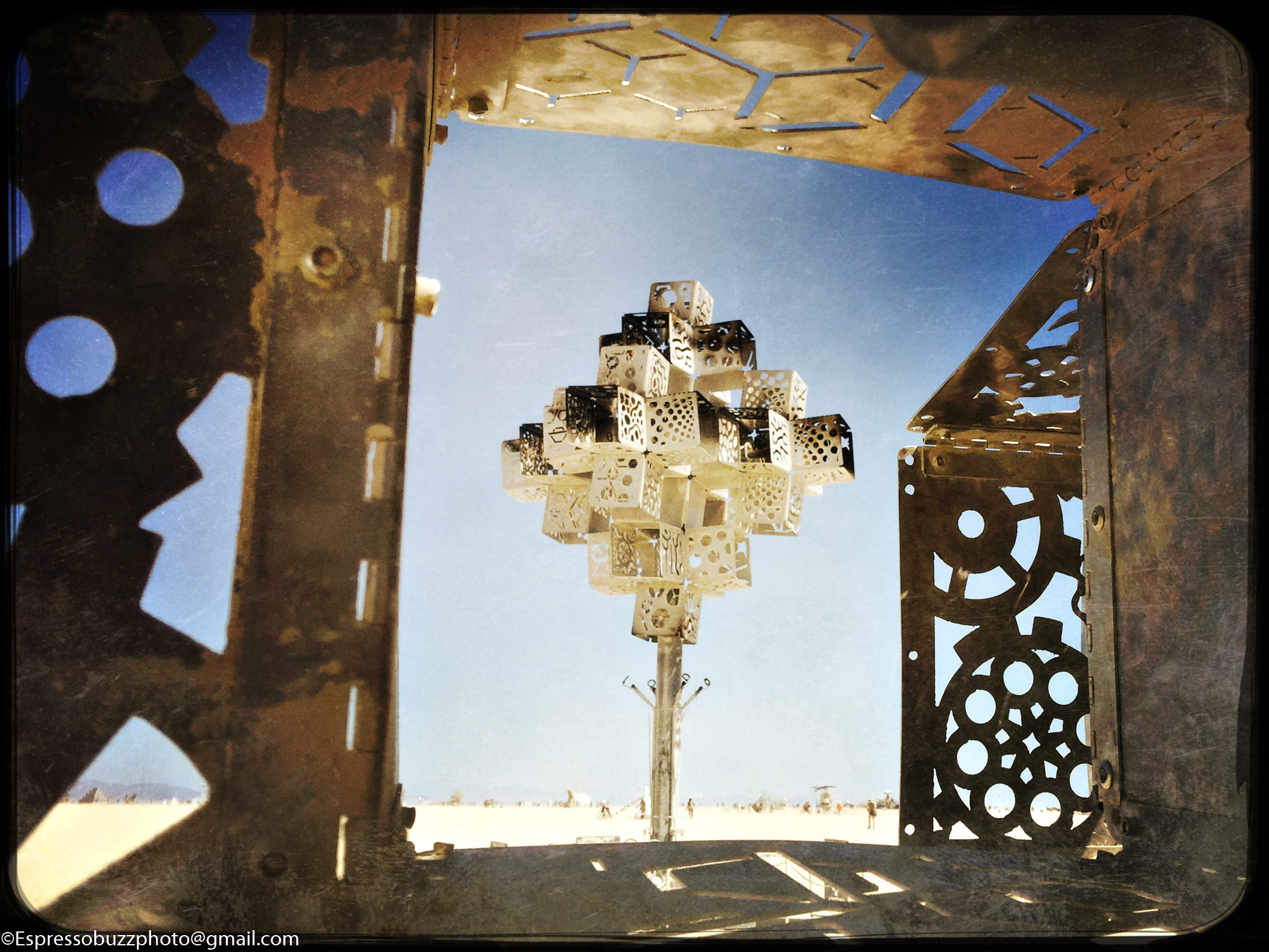
Burning Man art also aims to do away with the artificial boundary between artist and audience, making everyone part of the art and everyone capable of being an artist. Instead, the art is conceived and birthed collaboratively, bringing together wildly diverse groups of people to create crews and communities.
Caroline “Mills” Miller from the art collective Flaming Lotus Girls and Bree Hylkema from Five Ton Crane talked about how the experience of creating art provides opportunities for personal growth and connection.
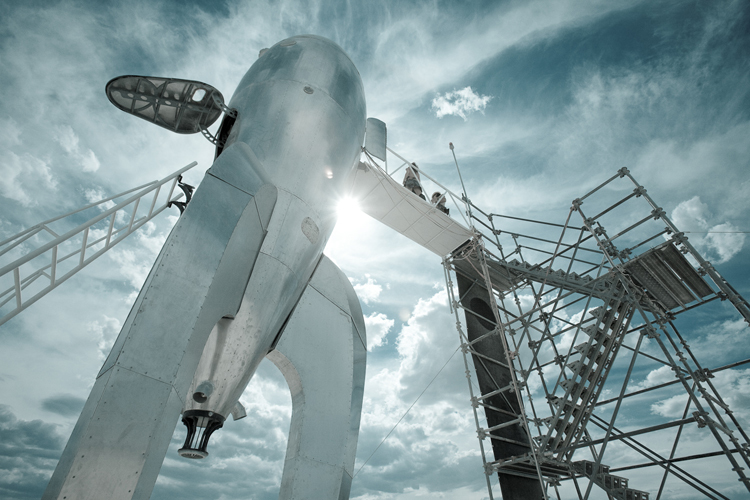
They wowed the audiences with images of stunning, genius and bold artworks, which screamed fire high into the sky, pushed boundaries and invoked a sense of awe and play.
But both artists said the true gems of this process was not the artwork at all. It was the connections they built with people, the families they created, and the lifelong community that has given them meaning and purpose.
“We work together, we play together and we love each other,” Bree said.
For Nexus, a Washington D.C. Regional Contact, this authentic relatedness is key to the sense of belonging that creates community and provides a possible template for building a better world.
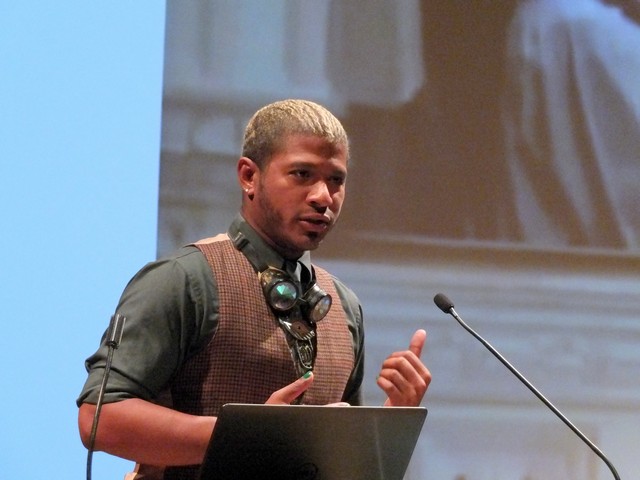
“To build community we seek conversations where people show up by invitation rather than mandate and experience an intimate and authentic relatedness,” Nexus said.
“The social fabric of community is formed from an expanding shared sense of belonging. It is shaped by the idea that only when we are connected and care for the wellbeing of the whole that a civil and democratic society is created.”
The Temple And Fire
The Temple plays a particularly special role in Burning Man’s participatory and community-building artscape. If you’ve visited the Temple in Black Rock City, you’ve seen first-hand how it unites people in support of one another during some of our most challenging experiences as humans.
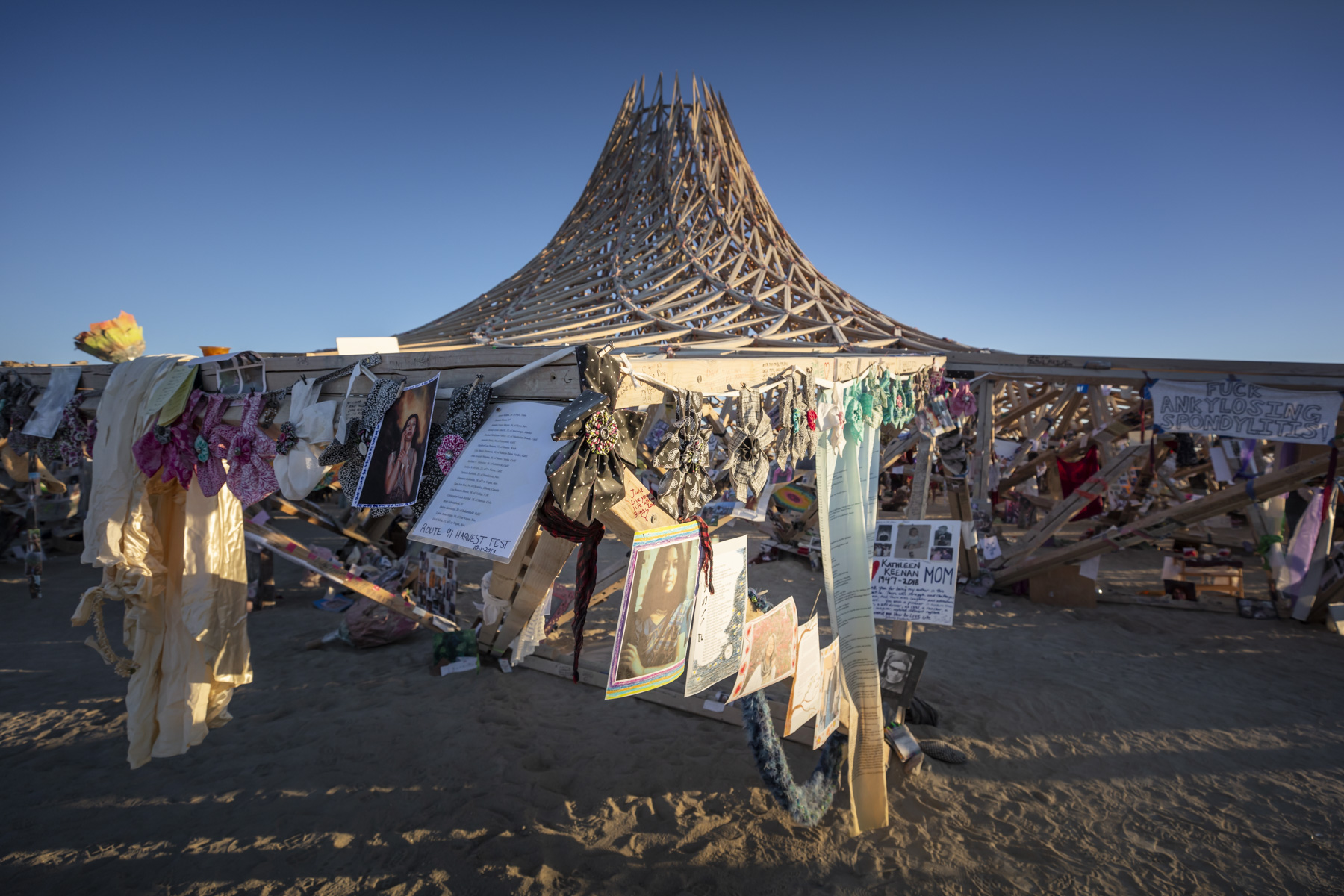
Crimson Rose, co-founder of Burning Man and Black Rock Arts Foundation, explained that the Temple, an annual piece that began in 2000, was a place to commune with the passage of spirit.
“The Temple brings people together to celebrate, commemorate, and above all, honor those whose life has moved them,” Crimson said.
“After 19 years, the Temple still reflects the mad masquerade and the joy of our community, but also appears as a stark contrast to the rest of our event. It is that contrast that helps to define the Burning Man community as anything but one-sided.”
She said the Temples were also more than just wood or a depository of memories, with each person who contributed becoming an integral part of the Temple.
Crimson talked about how she had written the names of 150 loved ones, who had passed, on the Temple this year. She did this on behalf of friends and family who couldn’t be at the event this year because “the Temple belongs to everyone, even if you aren’t in Black Rock City”.
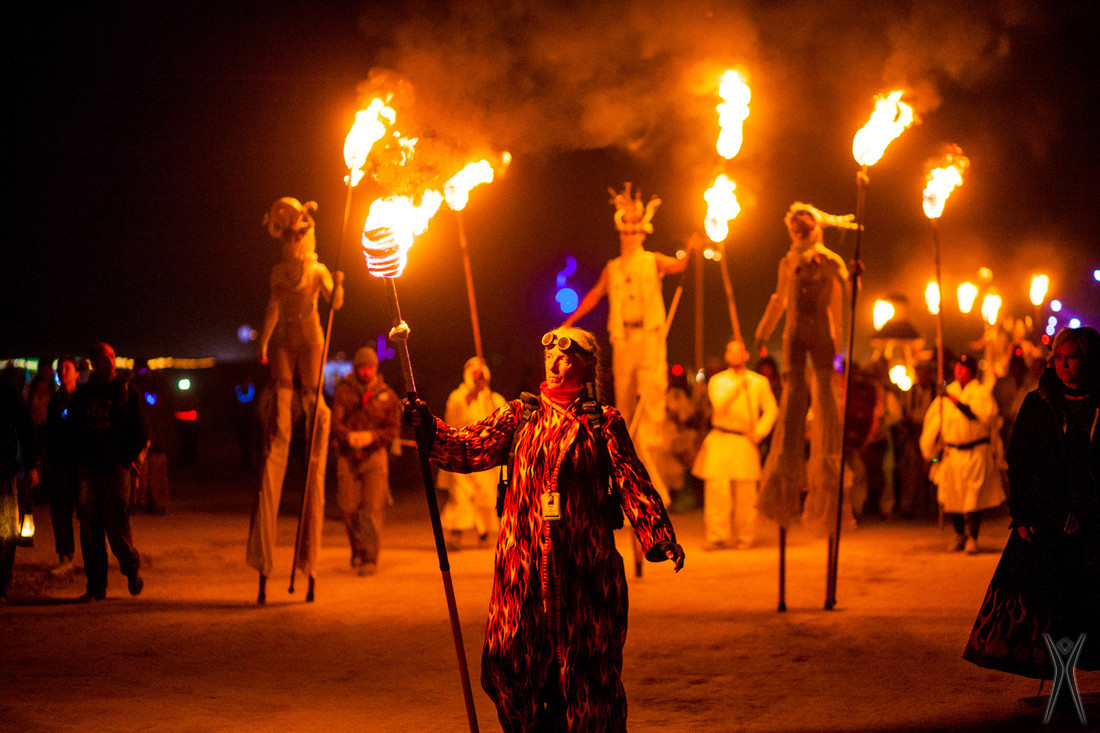
Hearing Crimson speak also gave me a whole new perspective on the ritual of fire, which cultures have been using for centuries to celebrate and signify rebirth.
“The ruins for me are just the starting point,” Crimson said. “With the embers we can construct new ideas, new beginnings. It’s the opportunity to reinvent oneself anew each year.”
Riding the Wave
Burning Man has seen rapid growth in attendees almost since the beginning, with the population doubling in many years. Today the event is home to 70,000 people and tickets sell out in less than 30 minutes.
When asked why Burning Man has seen such increased momentum, Burning Man co-founder and CEO Marian Goodell and Harley said Burning Man had been at the right place at the right time, offering something that people were seeking.
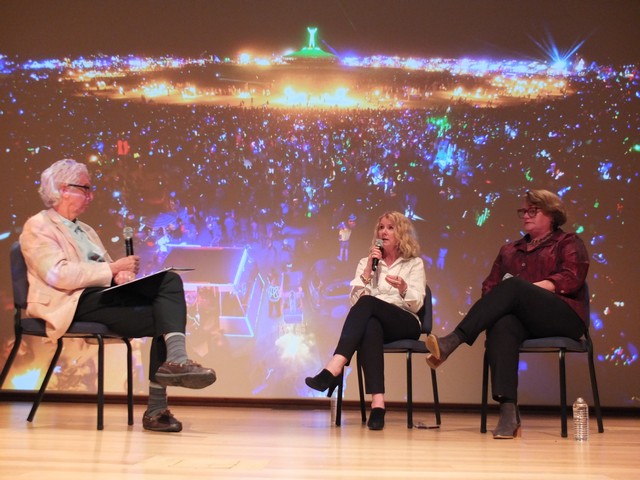
“We were very fortunate that we were starting Burning Man at a time when the world was starting to shift in significant ways, and we caught this amazing wave at the right moment, and that wave has just grown,” Harley said.
“The stakes are higher, the variables are greater, there are more variables that are resonating in the same way, and we happen to ride it pretty perfectly. We’re at such a pitch that this is more valuable than it ever was before.”
Is our larger society in the midst of another shift? Has it been for some time? I couldn’t help but notice the serendipity of contemplating this question while in the middle of Washington D.C.
Burning Man has been in good company on this wave, joining subcultures and groups like the Beat Generation, The Merry Pranksters, The Diggers, the Suicide Club and The Cacophony Society, which were birthed during the experimental decades in San Francisco after World War II.
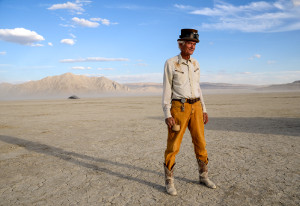
“They all contributed to the rich stew that eventually gave rise to Burning Man,” said Danger Ranger, who was a leader of the Cacophony Society and played a key role in the creation of Burning Man as we know it today.
Cacophony Society’s motto was “A randomly gathered network of free spirits united in the pursuit of experiences beyond the pale of mainstream society. You may already be a member.” Sounds familiar, right?
In 1989, Cacophony members organized the Zone Trip #4 to the Black Rock Desert with Larry Harvey’s now homeless sculpture after he was no longer permitted to burn it at San Francisco’s Baker Beach.
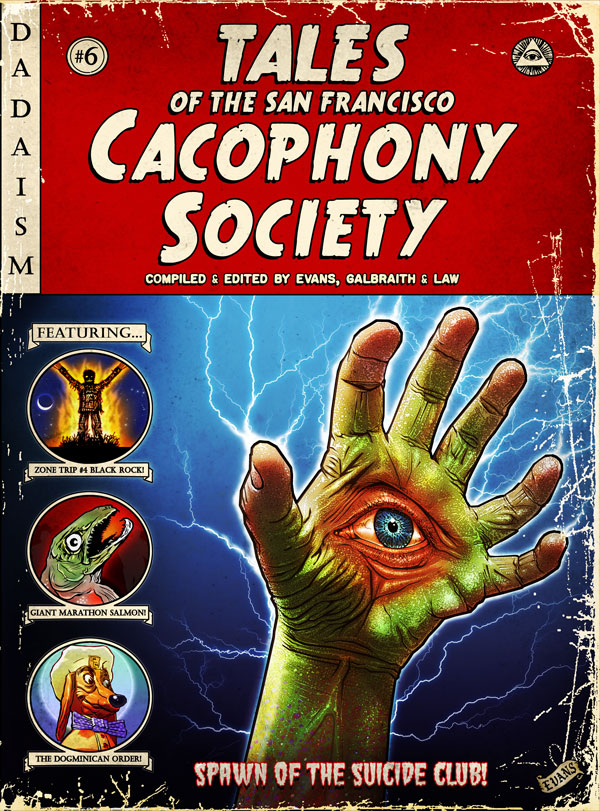 When they arrived, Danger drew a line in the playa and said: “On the other side of this line, everything will be different.”
When they arrived, Danger drew a line in the playa and said: “On the other side of this line, everything will be different.”
“Then we all stepped across that line together. We brought with us Larry’s burning man and the Cacophony principles of participation, costuming, absurdity, cleaning up after ourselves, and the rest,” Danger said.
“We’ve come a long way since we pulled on a rope together to raise that first man in the Black Rock Desert. Art and technology have merged at Burning Man, and we’ve become a testing ground for new ideas and new technologies.”
What the Future Holds
But where to now? Marian described how the next frontier is about strengthening Burning Man’s ability to build partnerships and affiliations with other organizations.
She said Burning Man was regularly contacted by entities who wanted to develop partnerships with the Burner community and learn more about cultivating our culture in their own organizations and communities.
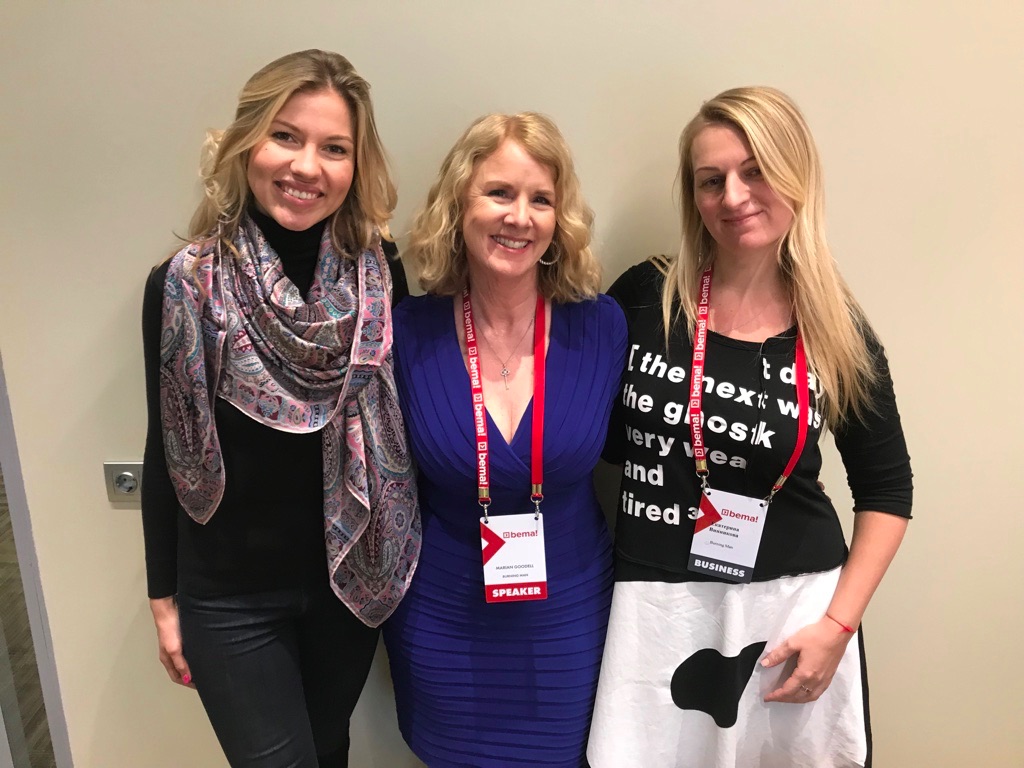
“Burning Man is being asked to add value and insights into all kinds of industries. This is the frontier that we are finding fascinating,” Marian said.
“They want to do socially conscious work. It’s not just about capital, and money is not the only measure of success. There is a focus on people, and Burning Man is a guiding post for how to do this.”
In 2018, Burning Man took part in the Night Mayors Conference in Amsterdam, which brought together committee members and mayors who work on nightlife events across the world. We were invited to speak about our 24-hr city that celebrates imagination and gives people the permission to create the experience they love. We were also invited to speak at a conference in Russia that was interested in exploring new ways of thinking about event production.
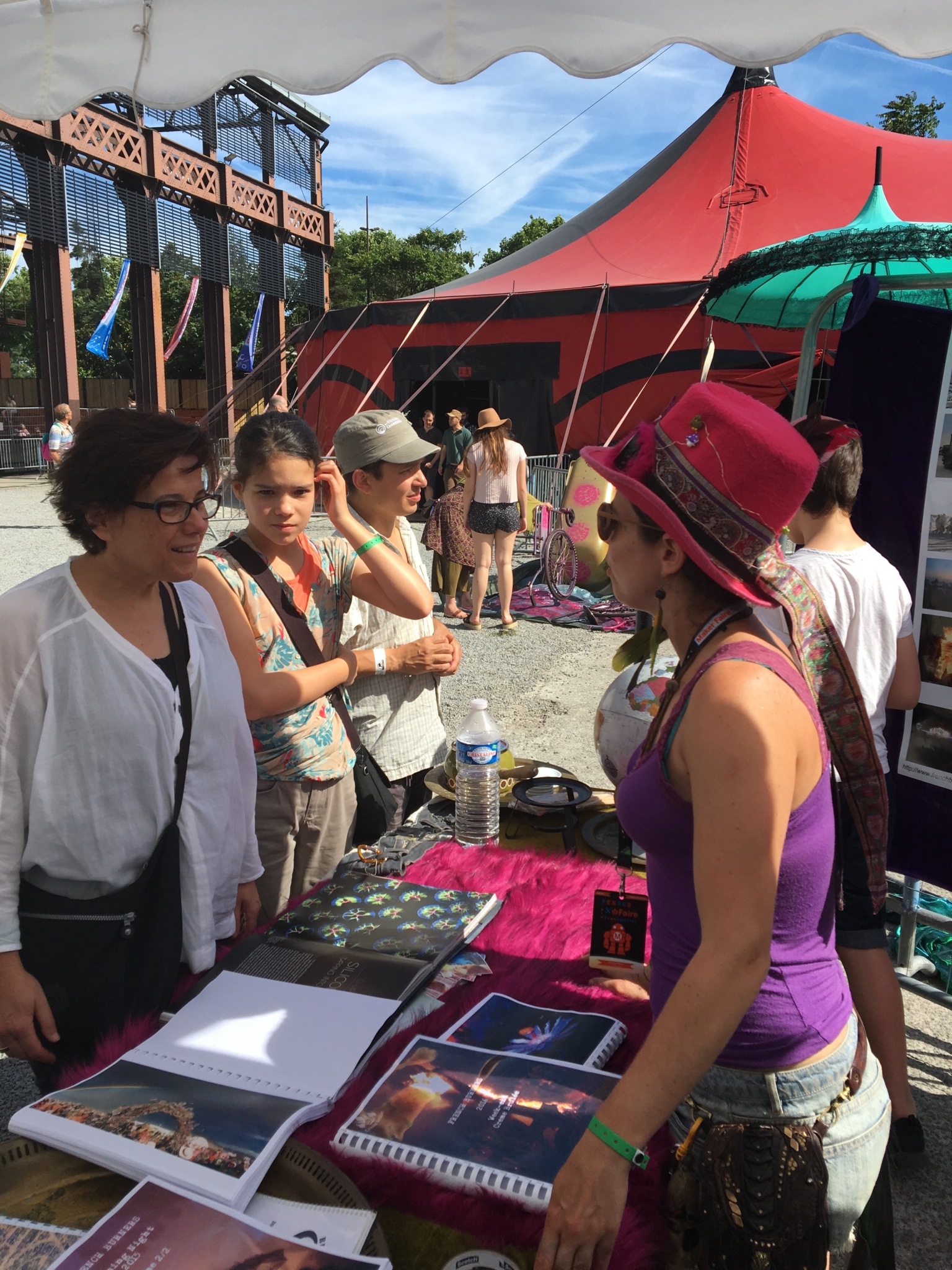
In 2016, we helped foster the intersection of Burner culture in France, Nantes Maker Faire and Les Machines by speaking on panels, running an information booth and supporting two art pieces at the Isle’s first ever Maker Faire. In 2018, we continued to strengthen our kinship with this art city by returning to hold the 5th European Leadership Summit.
Meanwhile, Burning Man has taken part in urban revitalization projects by providing creative consulting to the Las Vegas Downtown Project and helping to bring vibrant, interactive art and culture to the city’s downtown.
We have also partnered with organizations such as Nation of Makers, which includes Harley sitting on the board, and we are in conversations with the United States Institute of Peace to learn how we can share our knowledge and resources.
“We can change the world one person at a time, but we can’t do it as quickly without the help of these like-minded organizations,” Marian said.
Co-founder Will Roger also pointed to Burning Man Project’s Fly Ranch as a possible “proof of concept” for moving away from a patriarchal, greed-based culture and expanding a culture that encourages connection, creativity and freedom.
“We need to begin to experiment with other ways to live on the planet that are kinder and more gentler and more loving towards the earth and people, like we do at Burning Man,” Will said.

Final Thoughts
I left the symposium feeling like I had a deeper look into the mind of our late founder Larry Harvey, who spoke about these topics all the time. I never had the chance to have a one-on-one conversation with Larry, but after hearing all these stories at this symposium, I felt like I had. While Larry is no longer with us, it’s clear to me that his vision is living on steadily and vibrantly in the leaders at this symposium and in Burners all around the world.
(Top photo by Bruce Guthrie)

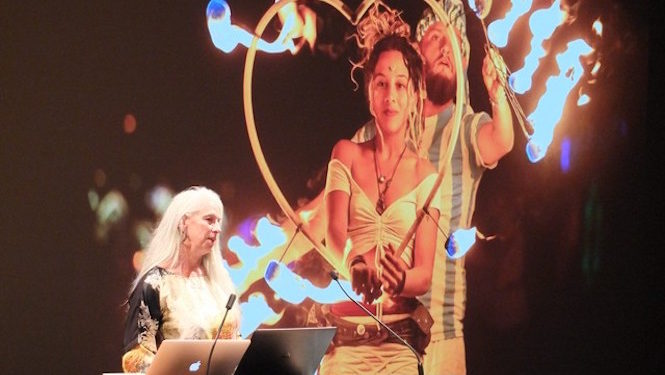
Great read. Thank you for sharing!
Report comment
I live in Canada near Edmonton Alberta, I am a woodworker/cabinetmaker,/ carpenter have been for 35 years, now kinda retired, I am creative, artistic, and like to think outside the box, so I am told. I stumbled upon you just a short while ago, when I get your journal I get goosebumps. How may I get involved? I am on a journey at the moment, I will be leaving Vancouver Island in a week or so heading toward Palm Springs and Sedona Via Reno, is that office open yet? I am contemplating going to the Burning Man in 2019, I am 65 then and would like to get more involved. I am fit, healthy look and acked as in my 50’s. Look forward in hearing from u.
John R King
Report comment
Burningman.org
Report comment
It’s hard for me to fill out the various Burning Man surveys because they pry into my sexual identity and what I do in the bedroom. I’m not sure how these questions apply, so I don’t answer therm. Is it about marketing? I don’t understand and I feel it is very intrusive, and limits my ability to participate within the community.
Report comment
So thrilled to have been invited to participate, to share my story, & to help represent the local DC Burner community. And particularly stoked to have been able to share so much of what drives and informs WHY i Burn.
Thank you, Carry On, for the recap.
Report comment
It’s the opportunity to reinvent oneself anew each year.”
Report comment
Comments are closed.